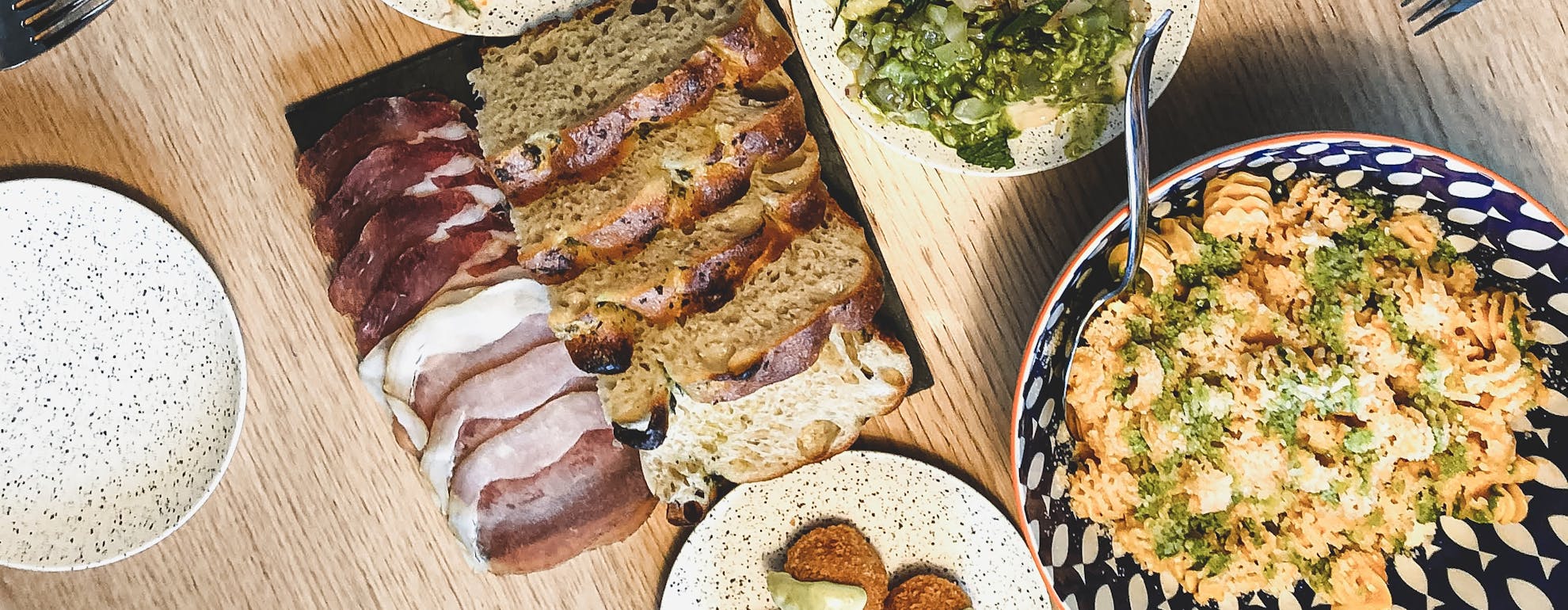
Nutrition
Food as Fuel: Dealing with Cravings when Exercising
ENERGY SOURCES
It is possible to source energy to fuel exercise from all major food groups; fats, carbohydrates and proteins, however, the order these are accessed depends on the type of exercise being undertaken, the intensity and length of a session, the fitness of the athlete and the quality of their diet. Follow this advice on how to balance your exercise and diet:
Carbohydrates are our primary and most readily available energy source, supplying about 3.75Kcal per gram. Carbohydrate rich foods can be divided into simple and complex varieties, dependent on the speed they break down to glucose, which is then stored as glycogen in the liver or muscle tissue. This can be accessed rapidly and converted back to glucose to fuel intensive bursts of exercise.
Fat is more nutrient dense, supplying about 9Kcal per gram, but is more complicated for our metabolism to process, so is more useful for low intensity exercise.
Protein breaks down to amino acids when digested, and one of these, alanine, can be stored in the liver and converted to glucose. This process is, however, more of an emergency measure since protein is a valuable muscle rebuild and repair resource. Protein tends to be accessed via the breakdown of muscle and lean tissue during for long endurance events taking 3hrs + when stores of carbs and fats have been depleted.
Anaerobic exercise (without oxygen), such as intensive bursts of sprinting, or weightlifting, tends to use carbs as their preferred energy.
Aerobic exercise (using oxygen), is associated with endurance and will prefer to use fat and carbs. The fitter the athlete, the more efficiently they will use fat supplies to help preserve carbohydrate stores.
STORAGE
We can only store finite supplies of glycogen and a 70kg person will typically store about 450g (1,700Kcal). Endurance events or training lasting for more than 2 hours are likely to exhaust these and rely on top ups via snacks on the go.
WHAT CAN GO WRONG?
Athletes in training often rely on snacks to maintain enough energy to train and compete. Snacking can be a good thing to provide nourishment and vital nutrients, but sugar-rich choices can add lead to excess fat storage and empty calories.
Between-meal snacking can also become a habit or reward, resulting in cravings and leading to unhealthy food which may not necessarily benefit your training regime.
Cravings may not be simply physical nutrient deficiencies; but can also be caused by emotional triggers such as boredom, stress, or anxiety.
TIPS FOR HEALTHY SNACKING AND CRAVING MANAGEMENT:
Are you hungry or just thirsty? Try a glass of water first.
Eat little and often to manage your blood sugar levels.
Vary the types of food you eat to expand the range of nutrients you are consuming.
Is your snacking a habit? Distract yourself for half an hour and see if the craving 'wave' passes.
Plan ahead and prepare handy, readily-available healthy snacks.
Struggling with sugar cravings? Add cinnamon to your porridge, try eating liquorice, or take a chromium mineral supplement. All can help with blood sugar balance.
Try non-food related rewards. Book a manicure or massage, meet up with friends, watch a film.
SNACKS AND SWAPS
Swap the chocolate for nuts or mixed seeds (packed with protein and minerals, however calorific, so restrict to c. 90g a day).
Don't forget fruit. Add a few nuts or seeds, or cottage cheese for a perfect protein/carb combination.
Try fruit loaf instead of cakes and biscuits.
Choose oat biscuits for slow release energy. Add low sugar nut butters, cream cheese or houmous.
Check sugar content in energy bars. Read the label - above 10g per 100 (carbohydrates, of which sugars) is high!
Go easy on the sugary sports drinks unless you are doing endurance training. Fruit smoothies are a good alternative.
Try a mashed banana sandwich on wholemeal bread, or a cream cheese & smoked salmon bagel.
Swap crisps for popcorn. Low fat varieties are high in fibre but low in calories.
A sweet tooth? Frozen yoghurt lollies can hit the spot. If you are really craving chocolate, choose a couple of squares of dark/high cocoa varieties.
Keen to learn more about fuelling for performance and adventures? Then check out our Nutrition category for more handy tips, advice and recipes.
Welcome
Welcome to the SportsShoes Nutrition Hub! We’ve teamed up with the experts to bring you the very best advice on the best foods to fuel you and your adventures.